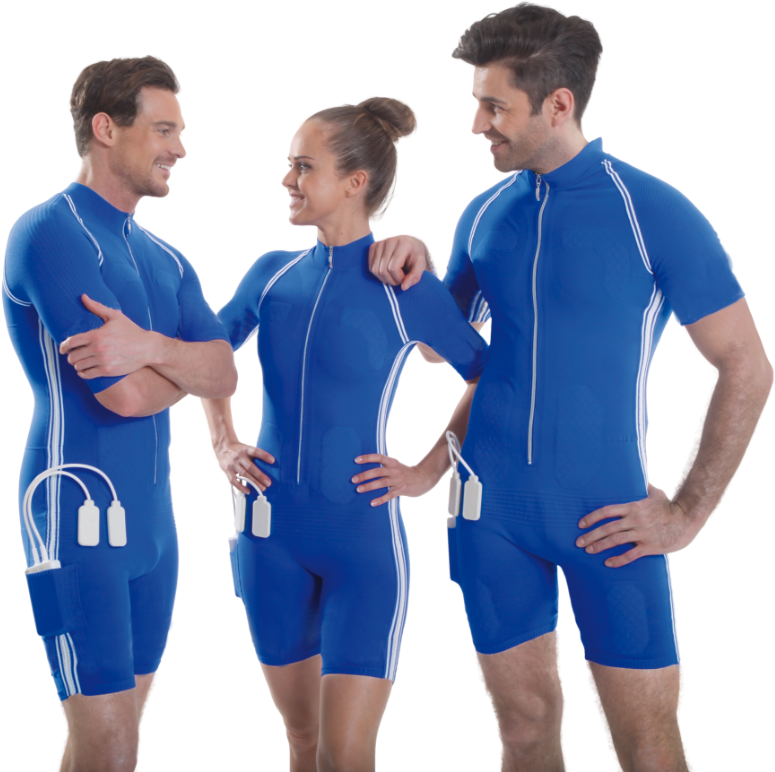Erhöhung der Kraftausdauer
Electromyostimulation – a systematic review of the effects of different ems methods on selected strength parameters in trained and elite athletes
Dr. Kleinöder, Sporthochschule Köln, (2009)
ABSTRACT
This is the first part of two studies that systematically review the current state of research and structure the results of selected Electromyostimulation (EMS) studies in a way that makes accurate comparisons possible. This part will focus on the effects of EMS on strength enhancement. On the basis of these results part two will deal with the influence of the training regimen and stimulation parameters on EMS-Training effectiveness in order to make recommendations for training control. Out of about 200 studies, 89 trials were selected according to pre-defined criteria: subject age (<35), subject health (unimpaired), EMS type (percutaneus stimulation), and study duration (>7days). To evaluate these trials, we first defined appropriate categories according to the type of EMS (local or whole-body) and type of muscle contraction (isometric, dynamic, isokinetic). Then we established the most relevant strength parameters for high-performance sports: maximal strength, speed strength, power, jumping and sprinting ability. Unlike former reviews, this study differentiates between three categories of subjects based on their level of fitness (untrained subjects, trained subjects and elite athletes) and on the types of EMS methods used (local, whole-body, combination). Special focus was on trained and elite athletes. Untrained athletes were investigated for comparison purposes. This scientific analysis revealed that EMS is effective for developing physical performance. After a stimulation period of 3-6 weeks, significant gains (p˂0.05) were shown in maximal strength (isometric Fmax +58.8%; dynamic Fmax +79.5%), speed strength (eccentric isokinetic Mmax +37.1%; concentric isokinetic Mmax +41.3%; Rate of Force Development (RFD) +74%; force impulse +29%; vmax +19%), and power (+67%). Developing these parameters increases vertical jump height by up to +25% (Squat Jump (SJ) +21.4%, Counter Movement Jump (CMJ) +19.2%, Drop Jump (DJ) +12%) and improves sprint times by as much as -4.8% in trained and elite athletes. With regard to the level of fitness, the analysis shows that trained and elite athletes, despite their already high level of fitness, are able to significantly enhance their level of strength to same extent as is possible with untrained subjects. EMS offers a promising alternative to traditional strength training for enhancing the strength parameters and motor abilities described above. Because of the clear-cut advantages in time management, especially when whole-body EMS is used, we can expect this method to see increasing use in high-performance sports.

